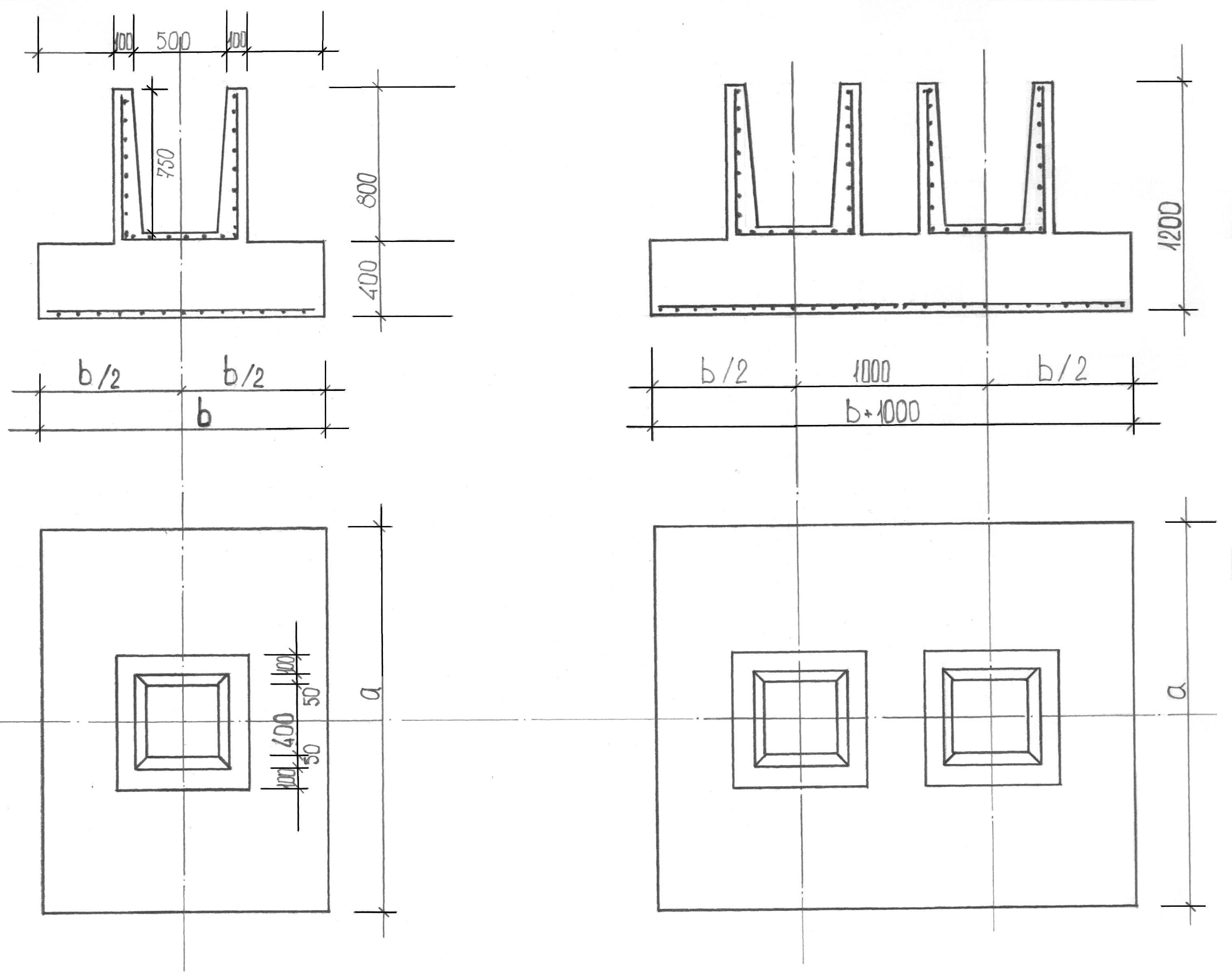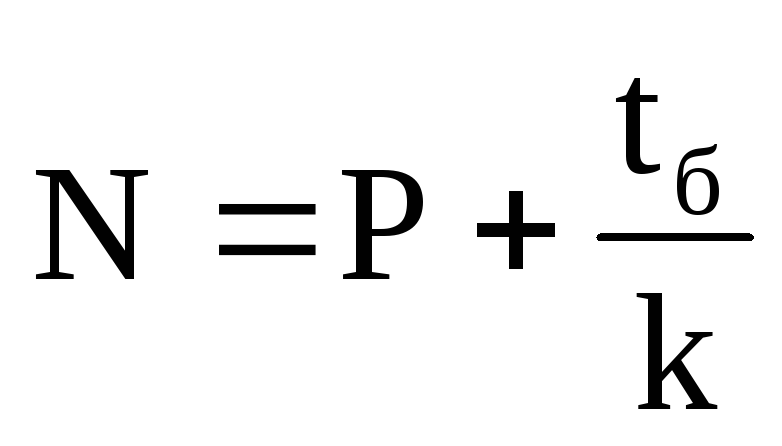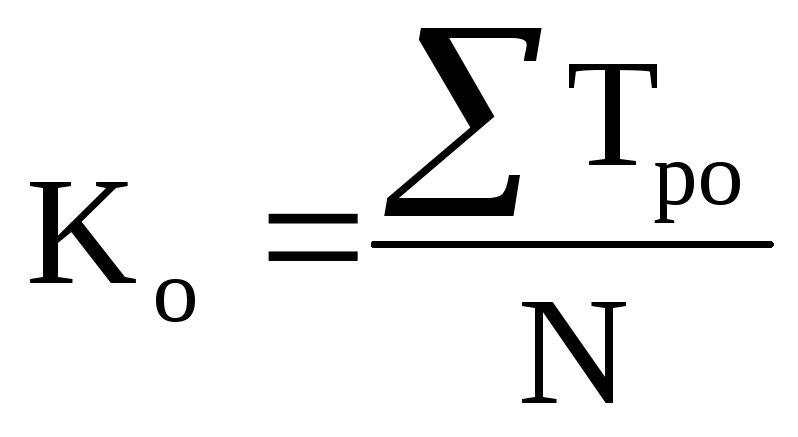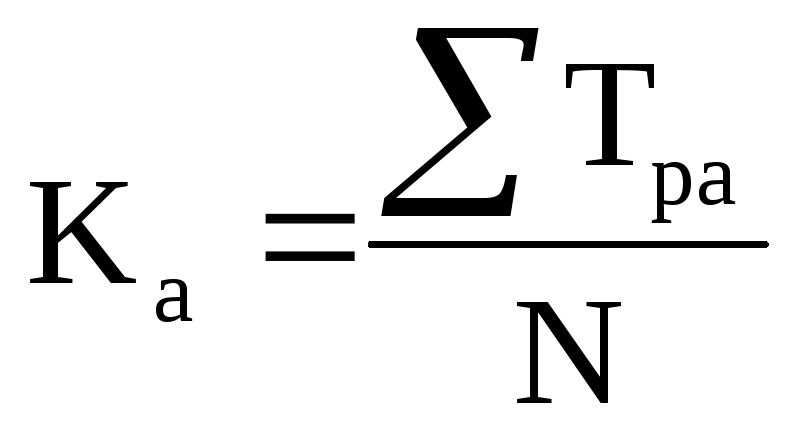Under the device of reinforced concrete and just concrete structures, it is assumed the performance of reinforcement work, formwork, and also work on laying concrete mixtures.
The company "Basalt" performs labor-intensive and massive work on the construction of concrete and reinforced concrete structures.
Reinforcement work
This type of work has a certain specificity, which is associated with factors such as assembly at different heights, the complexity of the outlines monolithic structures made of reinforced concrete, also a significant volume in comparison with prefabricated structures. In addition, the rebar must work closely with the concrete workers and many other workers. Reinforcing concrete and reinforced concrete monolithic structures imply work with manual arc welding.
As you understand, these works are quite complex, not everyone can handle them, but only a real master and a highly specialized specialist. The fitter prepares reinforcement products in a special workshop, also assembles and installs frames, assembles and assembles reinforcement and formwork blocks.
Formwork works
This type of work is aimed at creating special formwork forms. These devices are used to give concrete and reinforced concrete structures the required dimensions and shape. It should be noted that formwork can be made from a wide variety of materials, including wood, metal, reinforced concrete.
Wooden formwork is short-lived, but cheap to manufacture.
Metal formwork can be used many times, which ultimately makes them more economical than even wooden ones.
Reinforced concrete formwork is used for concreting on an industrial scale.
To give strength to the formwork, they are fixed with special bolted and wire ties. Design of concrete and reinforced concrete structures is part of the overall construction project, therefore, all formwork work is carried out in strict accordance with the working drawings.
Laying of concrete mixes
TO this stage work begins after the installation of the reinforcement. After that, you can safely proceed to the reception, distribution and consolidation of concrete in the structure. The device of concrete and reinforced concrete structures does not forgive errors, therefore, if deformations and displacements occur, the laying of the mixture stops until all inaccuracies are eliminated.
Currently, in the construction of buildings and structures, it is becoming increasingly common monolithic construction... This is the erection of structural elements from a concrete mixture and steel reinforcement using special forms (formwork) directly in the design position.
An absolutely rigid frame is created with various types of enclosing structures. In our country long years preference was given to prefabricated construction. Although it can be noted that in the 30s - the time of the development of constructivism - there was an experience of monolithic construction. Then there was the time of "brick", panel house building was very actively promoted, and only in the last 10 years can we say that monolithic construction has taken its rightful place.
The advantages of monolithic construction over other technologies are as follows:
Step load-bearing structures in monolithic construction it does not matter. Prefabricated - all structures have dimensions that are multiples of a certain module; the technology of constructions carried out at the factory does not allow to quickly change the shape of the equipment. Therefore, architects and designers were tied to certain standard sizes and, as a result, were limited in making design decisions.
Monolithic buildings are 15–20% lighter than brick ones. The thickness of walls and floors is significantly reduced. Due to the lightening of the weight of the structures, the material consumption of the foundations decreases, respectively, their device becomes cheaper.
The production cycle is transferred to the construction site. When prefabricated houses products are manufactured at the plant, brought to the site, and assembled. In the manufacture of prefabricated structures, tolerances are laid at all technological stages, which lead to additional labor costs when finishing joints. If monolithic construction is carried out according to a clearly worked out scheme, then the construction of buildings is carried out in a shorter time.
Monolithic construction provides a virtually seamless construction. Thanks to this, the indicators of heat and sound insulation are increased. At the same time, the structures are more durable.
The use of modern formwork systems in monolithic construction significantly increases its manufacturability. The timing, quality of the construction of structures is largely determined by the formwork used.
Modern formwork systems can be classified according to various criteria.
By field of application and specific tasks: for walls; for floors; columns; ring walls with variable radius; tunnel; one-sided.
By design features: frame; beam.
By installation method: stationary; self-lifting; lifting and adjustable; lifting, non-removable.
By size: large-panel; small-piece.
According to the materials used. Various materials are used for the manufacture of formwork elements: steel, aluminum, wood, plastic.
The variant of a rigid monolithic frame with effective enclosing structures is currently the preferred direction in housing construction.
The use of the technology of erection of monolithic buildings makes it possible to erect buildings for various purposes, of various storeys using a wide range of materials as enclosing structures. A monolithic frame can be of three types:
with load-bearing longitudinal walls;
with load-bearing transverse walls;
with overlappings on load-bearing columns.
The technology of concreting a structure is selected taking into account the type of structure, its location on a building or structure, climatic conditions, the availability of energy resources, etc.
Foundations and arrays, depending on the volume, the depth of their heights and other features, can be concreted using the following technological schemes: unloading the mixture from the vehicle directly into the formwork from the ground or a mobile bridge or overpass, using vibrating feeders, vibrating chutes, concrete pumps or buckets using cranes ...
In foundations with the sides of the cross-section of the column column of 0.4-0.8 m. The height of free fall of the concrete mixture is allowed up to 5 m., With the size of the sides more than 0.8 m. - 3 m. Concreting the high columns with a draft of the cone equal to 4-6 cm should be taken slowly and even with some interruptions (1-1.5 hours) in order to exclude the extrusion of concrete laid in the steps through their upper open edges.
Foundations that take dynamic loads are concreted in a continuous mode.
Objective 1.
Determine the volume and complexity of formwork, reinforcement, concrete, and stripping work during the construction of monolithic foundations.
Initial data: working drawings (Fig. 5.1., 5.2.), ENiR collection 4, issue 1. The weight of the S-1 mesh is 360 kg, the weight of the K-1 frame is 180 kg.
When calculating the volume and complexity of work, units of measurement of reinforced concrete works are taken in accordance with ENiR:
Laying of concrete mix - in cubic meters;
Installation of bar reinforcement - in t;
Installation of reinforcing cages - in pieces;
Formwork device - in sq. m of formwork adjacent to the concrete structure;
Arrangement of supporting scaffolding formwork - in running meters of racks;
The dimensions of the building in digital axes are 144 m, in alphabetic axes 18 m.
Panel formwork for foundations.
Erection monolithic structures is a typical example of a complex construction process. The complex of works includes the processes of manufacturing and installation of formwork, manufacturing and installation of reinforcement, preparation, transportation and placement of concrete mix, dismantling of the formwork (stripping). In this case, the formwork device and reinforcement are referred to as preparatory work.
Figure 5.1. Foundation plan

Fig. 5.2. Sizes of foundations.
The progress of the task.
It is more convenient to calculate the volume of work in tabular form simultaneously with the definition of labor intensity. The calculated amount of work is recorded in the table. The volume of a regular truncated pyramid is determined by the following formula:
|
Name of works |
Scope of work |
Time rate, person * hour |
Labor intensity, person * hour |
The composition of the unit according to ENiR |
||
|
Formwork works | ||||||
|
Reinforcement work | ||||||
|
Stripping works | ||||||
Objective 2.
Design the organization of the flow for the construction of monolithic reinforced concrete foundations.
Initial data.
Concreting is carried out at an average daily outside air temperature of + 14 ° С. Foundations can be stripped at this temperature after the concrete has been cured for 48 hours. Flow rhythm -1 day.
Concreting of stepped foundations is carried out in three stages. First, the lower steps are concreted, then the sub-column to the nest-former and then the top of the sub-column. The concrete mix is \u200b\u200bdelivered to the construction site in dump trucks and unloaded into overturning buckets with a capacity of 1.2 cubic meters. (the mass of 1 m 3 of concrete is 2.4 tons), each bucket of concrete is fed to the place of work by a crane. (Fig. 5.3.).
Fig. 5.3. flow diagram of concrete mix to the place of laying
The progress of the task.
The reinforcement mesh of reinforced concrete foundations can be laid only after the formwork of the first ledge of the foundation has been installed and in all cases before the installation of the formwork of the upper ledges. Therefore, in this case, formwork and reinforcement work will have to be performed by one complex link, consisting of formworkers and reinforcement workers. Thus, in the construction of the foundations, three links will be used (three groups of workers):
1 - formworkers with reinforcements;
2 - concrete workers;
3 - demoulding workers.
With the in-line method of production of reinforced concrete works, the construction object is divided into tiers and captures.
The smallest number of grips on which workers, machines are simultaneously employed or technological processes are performed during the erection of monolithic reinforced concrete structures, can be expressed by the formula:
 ,
(5.2.)
,
(5.2.)
where N is the minimum number of captures;
Р - the number of separate groups of workers (formworkers, reinforcement workers, concrete workers, demolition workers);
t b - the duration of hardening (exposure) of concrete before stripping, days;
k - flow rhythm, day.
The relationship between the terms of work, the total number of grips and the time of concrete hardening can be expressed by the following formula:
 , (5.3.)
, (5.3.)
where T is the term of performance of the work under consideration at the facility, days;
t p - duration of stay of all groups of workers at each seizure, day;
After determining the minimum number of plots, the minimum period of work is calculated.
Not always the minimum terms of work execution justify the cost of funds for the organization of the construction process, payment for the work of workers, machines and mechanisms, vehicles. It has been determined by the practice of construction production that 25 - 30 square meters are enough for the efficient and convenient work of formworkers, reinforcement workers and concrete workers when constructing free-standing foundations. m with the length of the shuttering board up to 6 m. That is, if the size of the grapple is larger or smaller than the recommended one, it is necessary to make adjustments by decreasing or increasing their number, performing work in several streams.
It is necessary to determine the number of cranes used when relocating the formwork, installing reinforcement mesh, concreting, as well as the required number of workers.
 ,
,
 ,
,
 ,
,
 ,
,
where K about, K a, K b, K p - the number of formworkers, reinforcement workers, concrete workers, strippers.
The number of workers must be adjusted according to the ENiR requirements.
After determining the number of links, cranes and the duration of all operations, a work schedule is drawn up in the form of a linear and in the form of a cyclogram. (See fig.)
If there are more links than foundations on the grip, then it is necessary to organize these works (formwork device) in two shifts.
Concrete work must be performed in two shifts in order to reduce the required number of assembly cranes for supplying concrete from a dump truck to the pits.
The need for workers is displayed on the labor force flow chart. This schedule is built according to the work schedule. Its values \u200b\u200bare determined by the sum of the number of workers in each shift.
For each link of concrete workers, it is necessary to provide for the number of depth vibrators required for the production of work. The number of deep vibrators is determined by the changeable productivity of concrete workers, referred to the productivity of the vibrator. The crane is selected according to the required lifting capacity at the largest (required) boom reach. The crane output rate is determined according to ENiR. The time spent on the crane for the installation of reinforcement meshes is also determined. According to the total output of the crane, their required number is determined.
The projected performance rate is determined by the following formula:
 ,
(5.3.)
,
(5.3.)
where P r.vp. - projected implementation of the norm;
T p - standard labor intensity, people see;
Prod. - the accepted duration of the work;
n p - the number of workers in the link.
Practice has determined that the maximum overfulfillment of the norms is 20%.
from monolithic concrete and reinforced concrete
Study questions:
Composition of a complex concreting process.
Formwork. Classifications. Formwork types.
Reinforcement products. Installation of fittings. Stress reinforcement.
Cooking, transportation, laying, compacting of concrete mixtures. Special methods of processing concrete mix.
Concreting structures. Curing. Stripping. Correction of defects.
Question 1 . Composition of a complex concreting process.
According to the method of execution, concrete and reinforced concrete structures are divided into prefabricated, monolithic and precast-monolithic.
Erection of monolithic concrete and reinforced concrete structures requires fulfillment complex process including: formwork device , reinforcement of structures , concreting of structures , curing of concrete in concrete structures , stripping , bug fixes , surface finishing of finished structures .
Question 2. Formwork. Classifications. Formwork types.
Formwork - temporary auxiliary structure, which serves to give the required shape, geometric dimensions and position in space of the structure being erected (or its part).
In accordance with the materials used in the construction of the formwork, it is customary to classify the formwork into: wooden ; metal ; polymer ; reinforced concrete ; reinforced cement ; tissue , combined .
According to the frequency of use, there are: individual formwork; wrap-around formwork; permanent formwork .
Reversible formwork no less than 50 concreting cycles can be used. In the group of wrapped formworks, the following are most common: collapsible , volumetric-adjustable , sliding , self-climbing formwork , horizontally movable , lifting and moving ,
pneumatic .
Collapsible formwork consists of individual shields and elements supporting them: ribs, fights, ties, etc. At a height, the formwork panels are supported by scaffolding consisting of uprights, braces and braces.
Volume-shifting (tunnel) formwork consists of spatial metal U-shaped sections, from which the formwork block is assembled to the width of the room. Side panels serve as internal formwork monolithic walls, and the upper one is a floor deck. The fully assembled formwork is set to the design position using a crane. For extraction, the formwork is folded and moved on rollers to an adjacent position or on a platform.
Sliding formwork ... The main elements of the formwork are panels, jack frames, working floor, scaffolds, jacks and jack rods.
Formwork panels cover the structure to be concreted along the outer and inner contours. The shields are tapering. Hydraulic and electromechanical jacks are used to lift the sliding formwork.
The formwork is constantly moving, during breaks in concreting, the formwork is switched to the "step in place" mode.
Fixed formwork after concreting, the main structure remains and works together with the structure. The formwork is made of reinforced concrete, reinforced cement slabs, metal sheets, and expanded polystyrene.



